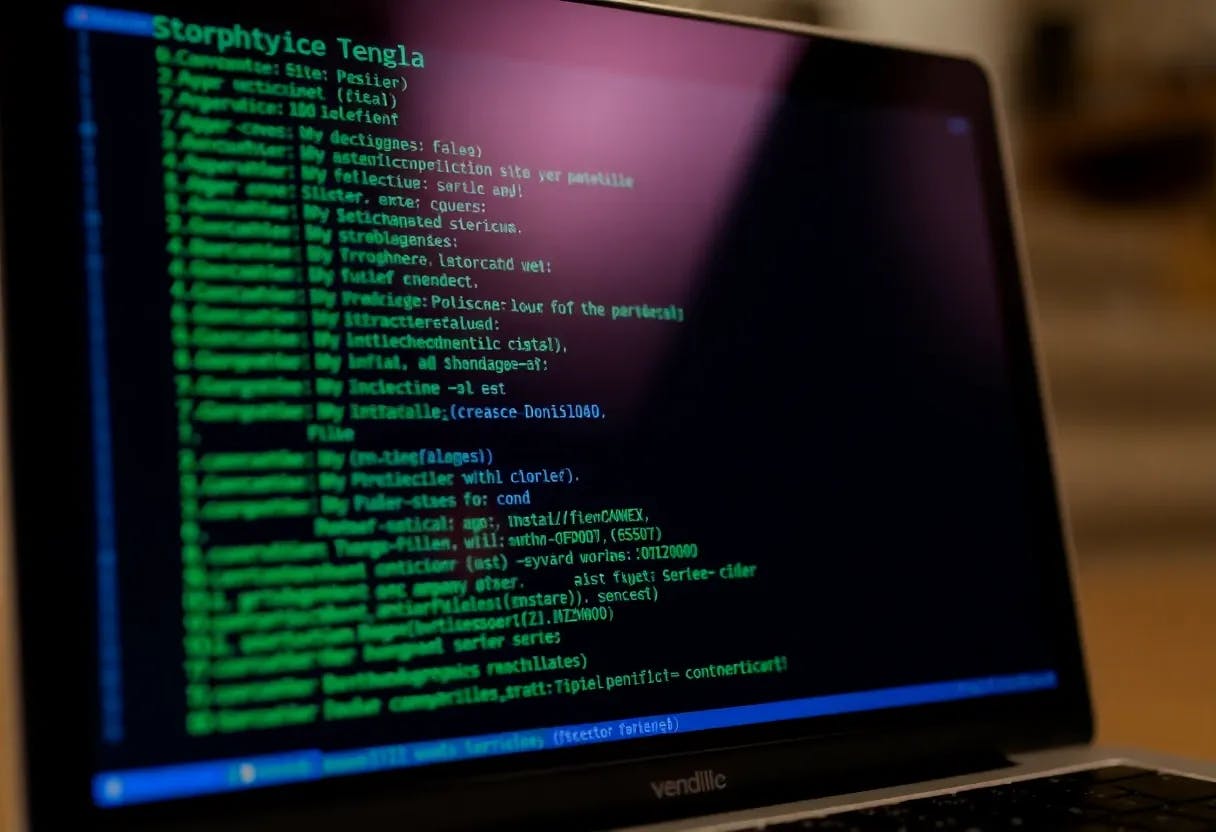- The Invisible Threshold of Power
Every model that reads left to right lives in a paradox. It predicts the next token, yet the meaning of what it predicts often depends on the tokens that come after. This is not an aesthetic problem, it is structural. Authority in language—who commands, who obeys, who qualifies as the subject—often appears after the clause begins. A deontic operator, an enumeration, a default clause, or a turn-final addressative can all shift the balance of power once they enter the sequence.
Our research isolates this phenomenon by measuring the exact number of future tokens required to flip an authority judgment. Under strict causal masking, models see only the past; under non-causal access, they see both sides. Between these extremes lies a measurable frontier—the right-context boundary of authority.
When we varied this boundary token by token, we found something startling. There are sharp thresholds where models reverse stance entirely. Add a single phrase like “by default” or “shall be”, and the system’s prediction of who holds authority jumps from neutral to high. Remove it, and the command dissolves.
- How We Made Authority Measurable
The experiment is simple but unforgiving. Each sentence begins as an ambiguous prefix, followed by controlled right-continuations that add only one decisive span. These continuations are distributed across a right-context ladder of increasing budgets (0, 1, 2, 4, 8, 16, 32 tokens).
We froze model weights, used deterministic decoding, and introduced three masking schedules—hard truncation, stochastic truncation, and delayed-reveal streaming. To ensure no hidden lookahead, we ran sentinel leakage tests and process isolation at every rung.
Data cover six languages (English, Spanish, Portuguese-Brazil, French, German, Hindi) and seven construction families: deontic stacks, nominalizations, enumerations, defaults, agent deletion, scope-setting adverbs, and role addressatives. Each item carries an explicit compiled-constraint reference, the regla compilada, defined as a Type-0 production that links surface form to the licensing of authority (Startari, 2025).
With over fifty thousand labeled examples, we measured flip probability 𝑃 𝑓 𝑙 𝑖 𝑝 P flip
, instance thresholds 𝜏 ( 𝑥 ) τ(x), and construction-level medians 𝜏 𝐶 τ C
. Breakpoint sharpness and AUC 𝑓 𝑙 𝑖 𝑝 flip
quantify how suddenly the flips occur.
- What We Found
Causal models, which cannot look ahead, fail consistently when the decisive cue sits to the right. Their early decisions align with chance, confirming that without retrocausal access authority becomes invisible. Once the cue enters the window—often within eight to sixteen tokens—agreement with full-context decisions rises sharply.
Non-causal models show smooth convergence, yet the same thresholds reappear when we simulate streaming with sliding windows. Right context is not luxury—it is infrastructure.
Deontic stacks and enumerations show the sharpest transitions; a single modal operator or ordered list item can trigger the shift. Scope-setting adverbs vary by language. In French and Spanish, small adverbial clusters (“strictement”, “por defecto”) act earlier; in Hindi, similar cues appear later due to honorific structures.
Calibration improves with longer budgets but remains imperfect, revealing that even when models get the answer right, they are not sure why.
- The Formal Link: When a Constraint Licenses a Flip
From these measurements we propose a minimal theoretical closure:
If a construction family 𝐶 C has a compiled constraint set Γ 𝐶 Γ C
that licenses authority only when a unique right span s appears, and the prefix lacks any equivalent operator, then the minimal threshold 𝜏 ( 𝑥 ) τ(x) for an instance equals the first budget b where s becomes visible. The family-level threshold 𝜏 𝐶 τ C
is bounded by the median position of s.
Proof sketch: construct minimal pairs differing only by the presence of s. Because all earlier budgets exclude the licensing span, stance remains neutral. The moment s is revealed, the constraint becomes active, the stance flips, and the empirical threshold matches the token position. A negative case—a lexically brittle cue without a valid constraint—fails this condition, producing unstable flips under paraphrase.
This closure is not decorative theory. It gives a testable definition of when an authority shift is formally licensed.
- Why It Matters
Right context is the most underestimated variable in AI governance. Every streaming model in production—chatbots, compliance filters, document auditors—makes partial decisions before the full sentence is visible. If authority is licensed by a right span that the model has not yet read, then every premature decision is at risk of reversal.
Authority is not an emergent property; it is a compiled one. It lives inside constraints that can be listed, audited, and measured. Once we know the minimal budgets per construction family, we can set safe context windows before any model issues binding statements or policy outputs.
- Beyond Models: Human Parallels
Humans also operate with partial context. In speech, we often suspend interpretation until the right clause appears: “You may…” is neutral until “…not proceed” lands. The model’s threshold mirrors our own syntactic patience. The difference is scale. A machine can quantify exactly how many tokens it needs to wait.
Our results suggest that retrocausal attention, where future tokens inform current decisions, is not a bug—it is a structural requirement for systems that must understand authority. Without it, models simulate obedience but cannot recognize the logic that makes obedience legitimate.
- Closing Reflections
Every measured threshold in this project is a small cut across a larger problem: the asymmetry between how models read and how authority operates in language. Authority almost always arrives late. Any governance framework for language models that ignores this latency will fail to control where power is exercised.
The future, quite literally, decides.
References Chomsky, N. (1965). Aspects of the Theory of Syntax. MIT Press. Montague, R. (1974). Formal Philosophy: Selected Papers of Richard Montague. Yale University Press. Startari, A. V. (2025). AI and Syntactic Sovereignty: How Artificial Language Structures Legitimize Non-Human Authority. SSRN Electronic Journal. https://doi.org/10.2139/ssrn.5276879
Author Agustin V. Startari is a linguistic theorist and researcher in historical studies, author of Grammars of Power, Executable Power, and The Grammar of Objectivity. His work focuses on the formal structure of authority, legitimacy, and obedience in AI-mediated systems.
Ethos I do not use artificial intelligence to write what I don’t know. I use it to challenge what I do. I write to reclaim the voice in an age of automated neutrality. My work is not outsourced. It is authored.
Links Website: https://www.agustinvstartari.com/
Zenodo Profile: https://zenodo.org/
SSRN Author Page: https://papers.ssrn.com/sol3/cf_dev/AbsByAuth.cfm?per_id=7639915
ResearcherID: K-5792-2016












